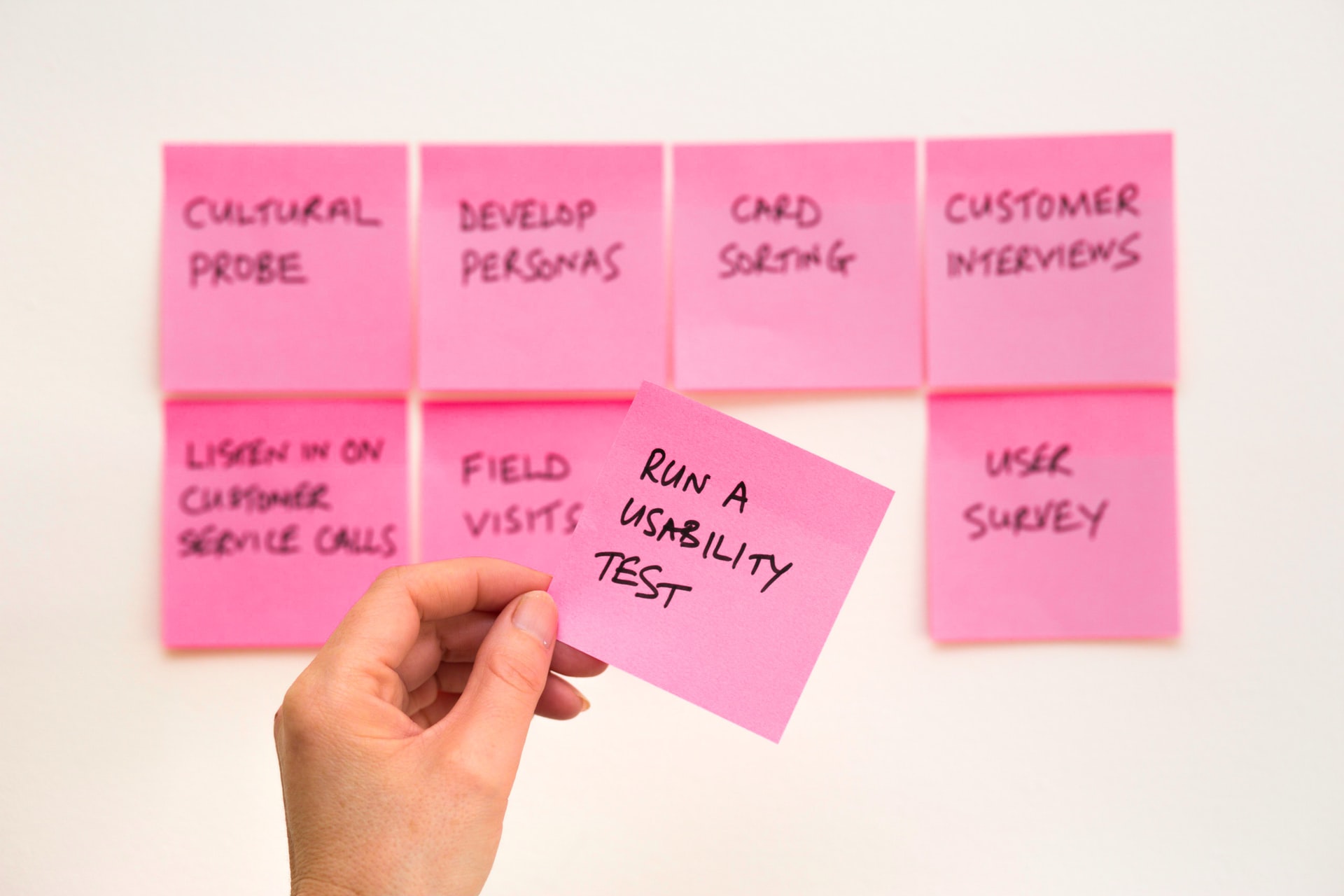What Is The Minimum Viable Product (MVP)?
The minimum viable product (MVP) concept stems from Lean Startup and emphasizes learning during the process of creating a new product. According to Eric Ries, an MVP is that version of a new product that enables a team to learn as much as possible about customers with the least amount of effort. Validated learning comes from determining whether or not a product will be purchased by potential customers. Creating an MVP is based on the idea that one can offer a product to customers and observe how they react to it. It is much more reliable to see what people do with a product than to ask what they would do.How Does It Help Us?
It is the key benefit of an MVP to understand the interest potential customers have in a product without having to fully develop it. By finding out sooner whether a product will appeal to customers, one can spend less time and money on a product that won't succeed.
Planning An Effective MVP
There isn't a magic recipe that fits all contexts, but here are some steps that can help to build a complete MVP from an idea: STEP 1: Conducting an initial market analysis - before starting to think about the MVP, it is essential to explore the potential of the idea by talking to users, checking the competition, and seeking similar products. STEP 2: Identifying all features of the product - this step is imperative before looking for the right partner to implement the idea. STEP 3: Explaining what makes the product unique - by asking what will ultimately make people purchase the product. STEP 4: Separating features in 2 lists: main features & extras - It may sound obvious, but sometimes emotions can get in the way and one might end up with a large number of features for the MVP. STEP 5: Choosing the right partner to create the MVP - when looking for the right partner to build an MVP, a number of factors can be taken into consideration, including communication, decision support, design, and full-stack engineering. STEP 6: Assessing the list of main features with the engineering crew - in this step, more knowledge is required since one will be looking at the development side of the list to estimate time and costs for each feature, so they can decide which one to include in the MVP.Final Thoughts
It is important not to let dreams obscure the fact that having a well-defined MVP can save time and money. A reliable company that builds many MVPs can be a great help in coming up with the best path to reach one's goals.Share this article
TweetCare to chat?
Message us on WhatsApp

Or use our contact form
Contact Us
